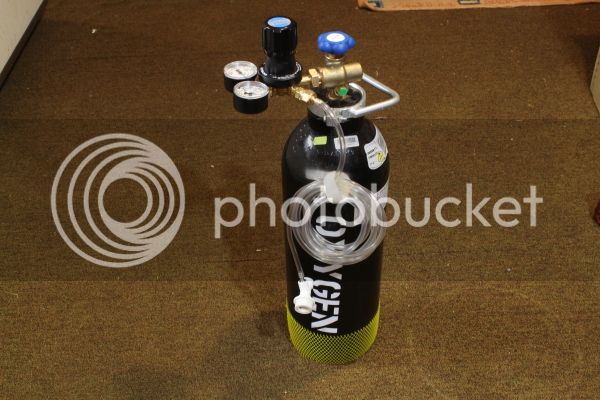Bump.
I'm going to invest in an oxygen kit for the forthcoming comp season. At the moment quite happy to get one from Brewman when I'm down that way in a few weeks, but just covering all bases and wondering if anything different or cheaper etc may have come onto the market in the last two years since this thread was current?
I'm going to invest in an oxygen kit for the forthcoming comp season. At the moment quite happy to get one from Brewman when I'm down that way in a few weeks, but just covering all bases and wondering if anything different or cheaper etc may have come onto the market in the last two years since this thread was current?





